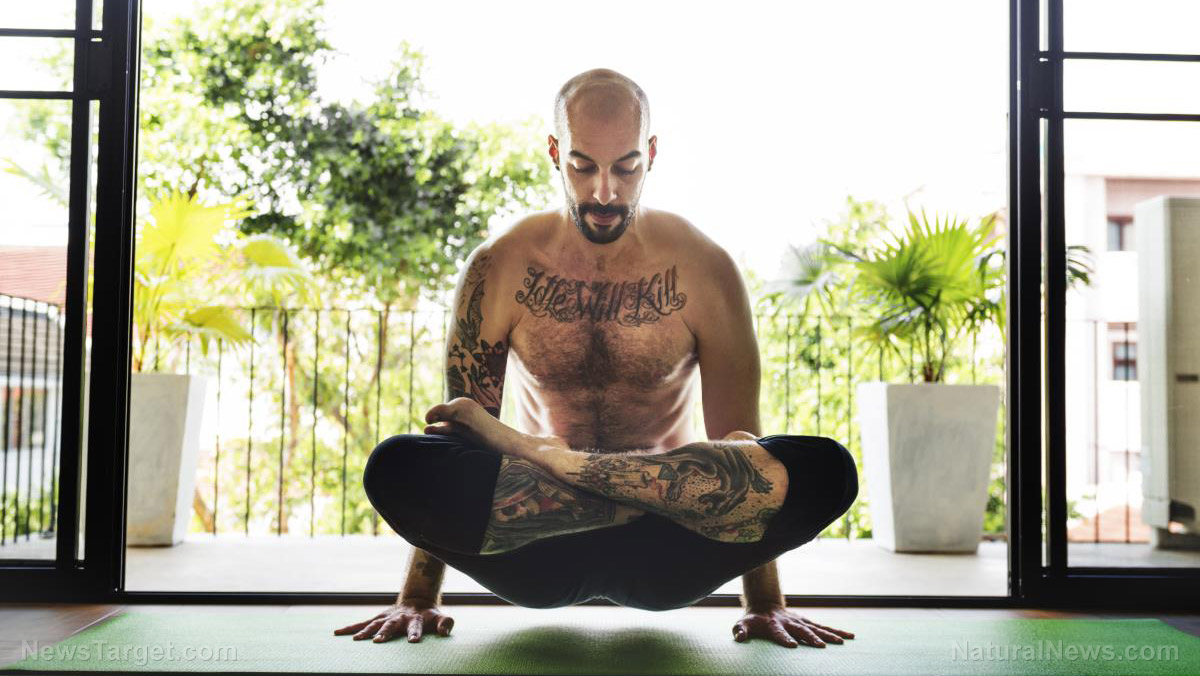
Researcher Dr. Erik J. Groessel led a team from the VA San Diego Healthcare System to determine if alternative pain treatments could be used by military veterans. In particular, he wanted to calculate the efficacy of yoga in reducing pain and reliance on opioids and other prescriptive medicine. To this end, he recruited 150 military veterans with chronic low back pain. Participants were randomly grouped into two: the first attended a 12-week yoga program, while the others were invited to attend a yoga intervention only after six months.
The yoga group attended two 60-minute instructor-led sessions per week. These veterans were encouraged to practice yoga at home in between sessions. The intervention used hatha yoga, which is considered to be one of the gentler and more relaxing forms of the exercise. Hatha yoga is typically recommended for those who want to improve their flexibility without injuring themselves. The movement sequences are simultaneously taught alongside regulated breathing and mindfulness meditation.
Groessel measured the participants’ feelings of pain along with opioid-use at the beginning of the trial, then at six weeks, 12 weeks, and after six months.
The results of the analysis showed that both groups had reduced disability scores after 12 weeks. However, the yoga group displayed continued improvement even after six months, with scores still lowering; whereas the delayed-treatment group reported increased feelings of pain. Data also indicated that the yoga group felt a dramatic reduction of pain at all three time periods compared to the other group which had negligible changes.
Another exciting discovery is that the yoga group decreased opioid-use by 20 percent after 12 weeks. This was further reduced at the six-month mark. This is of singular importance as there is evidence that suggests that many veterans are being over-prescribed pain medication, often leading to the soldier experiencing negative side-effects. (Related: War veterans prone to drug addiction often prescribed risky painkillers.)
Researchers of the study suggest that, based on their results, VA facilities should develop or expand yoga programs to help veterans who suffer from chronic back pain.
Helping a vulnerable group
Our military members have done so much for us. These heroes have sacrificed a lot to ensure that we are safe and free. Yet, many of them come back and live uncomfortably due to injury or untreated trauma. Pain, in all its forms, has now become a constant companion to those who willingly volunteered to serve us. A 2016 analysis on pain prevalence among U.S. veterans revealed that veterans were 32.8 percent more likely to suffer from back pain compared to nonveterans. Moreover, around sixty-six percent of veterans reported experiencing pain within three months compared to only 56.4 percent of nonveterans.
Josephine P. Briggs, M.D., director of the National Center for Complementary and Integrative Health (NCCIH) said of the findings, “this new knowledge can help inform effective health care strategies for veterans of all ages. More research is needed to generate additional evidence-based options for veterans managing pain.”
Sources include:
Please contact us for more information.























